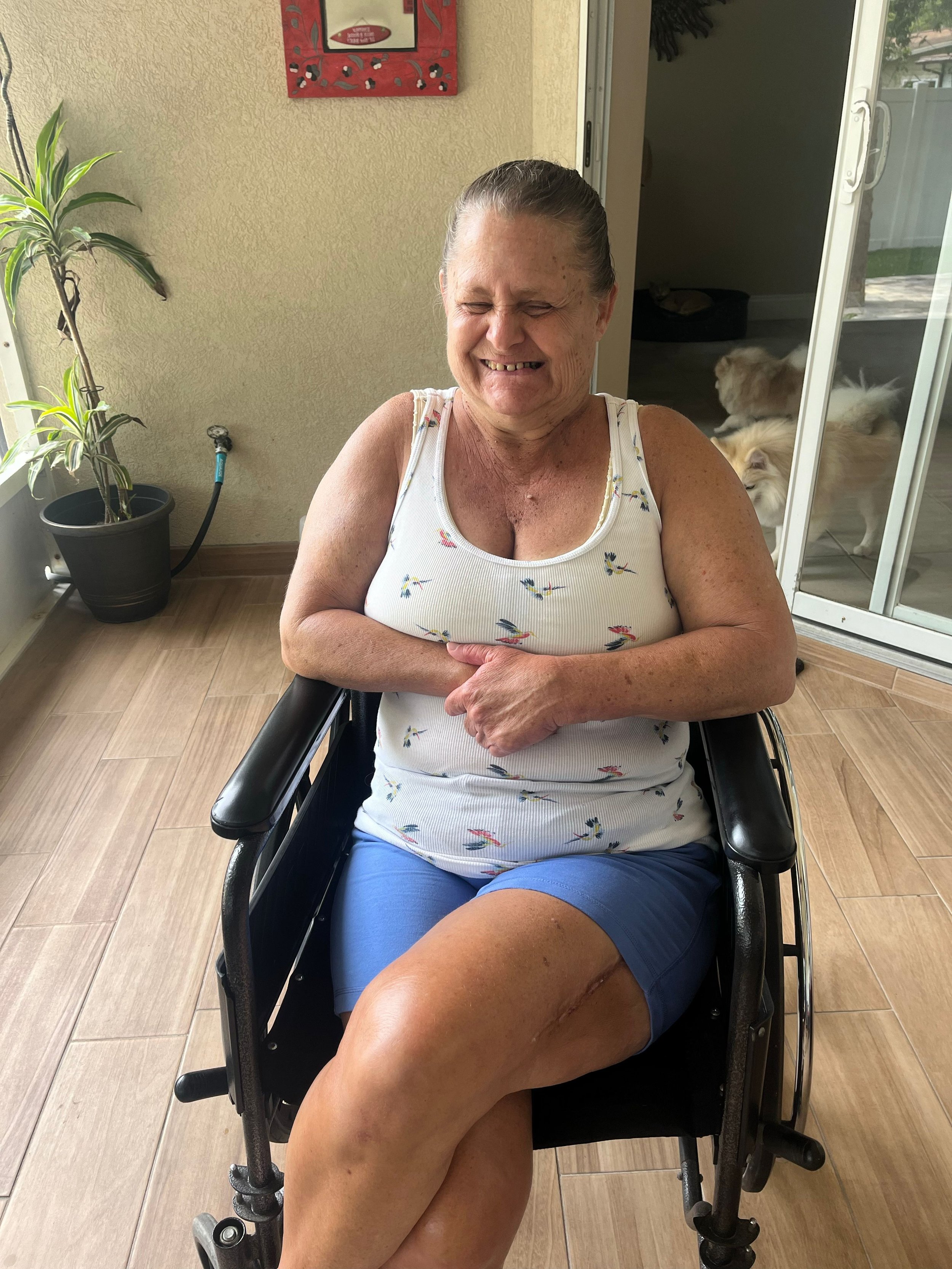Government Shutdown Highlights Absurd Cost of Health Insurance
/By Crystal Lindell
Health insurance has gotten so expensive that it almost makes sense to ask, “Is it worth the price?”
Insurance is sold to consumers through a “worst-case scenario” framework. Companies tell people they have to have health insurance or risk disaster.
“What if you suddenly need millions of dollars in ICU care? You need to have our health insurance to pay that bill!” is how they frame it.
Naturally, the insurance companies follow that up with, “If we are saving you millions of dollars in medical expenses, then tens of thousands of dollars for your policy is actually quite a bargain, right?”
“Tens of thousands of dollars” might seem like an exaggeration if you haven’t been paying close attention to health insurance prices lately, but it’s not.
According to data recently released by KFF, a health policy nonprofit, family premiums for employer-sponsored health insurance reached an average of $26,993 this year.
Their data shows that workers pay $6,850 of that out of their own paychecks. As such, that’s the price most people associate with their plans.
But in reality, employees are paying the full $26,993, because every penny that companies spend on your health insurance is a penny that could be in your paycheck instead. Hiding those costs behind “employer contributions” is just a neat trick insurance companies use to hide the real price you’re paying.
And if you’re buying insurance on the Affordable Care Act (ACA) marketplace, then the real cost of your plan is hidden in a different way: behind federal subsidies. Some of those subsidies will expire at the end of the year, and it’s forcing people to confront just how expensive insurance has gotten.
The ACA subsidies are at the heart of why our federal government is currently shut down. Democrats want them to continue, and Republicans do not.
The potentially devastating effects of ending them for the 24 million people currently enrolled through the ACA are becoming apparent. Open enrollment for 2026 coverage begins Nov.1, and people have to make their decisions soon.
The Washington State Standard reports that individual insurance in that state bought through the ACA are set to rise an average of 21% next year.
As of now, the subsidies save ACA enrollees an average of $1,330 per year, according to Washington Gov. Bob Ferguson’s office. For seniors, those savings jump to more than $1,900 annually.
Going Without Coverage
NBC News reports that some people are planning to forego health insurance, rather than pay higher prices. They shared the story of Arkansas residents Ginny Murray and her husband, Chaz. The couple plans to drop coverage and pay out of their own pocket if an unexpected illness strikes.
“Our plan is to keep putting the money we’re already paying towards health care in savings,” Ginny explained. “And really just hoping that we don’t have a stroke or we don’t have a heart attack.”
It’s a plan I myself adopted years ago after getting laid off and deciding to make a go of it as a freelancer who does odds and ends on the side to survive. When I tried to look into health insurance plans, I quickly realized that it was much cheaper to just pay cash out of pocket for my doctor appointments and prescriptions.
Especially since even if I pay for insurance, deductibles and co-pays mean I could still end up with thousands of dollars of medical debt.
Yes, I live under the constant fear that I will be one of the people that health insurance companies warn about. That someday I will find myself in the ICU in need of millions of dollars of care that I can’t pay for.
But it’s a risk I have to take at this stage of my life because I just cannot afford to buy my own health insurance, even with the ACA subsidies.
Last I checked, I did not qualify for Medicaid, although that too brings its own set of problems. Currently my primary care doctor is across the state line at the closest university hospital to my house. He’s well equipped to handle the chronic, complex health problems that I face But if I got onto Medicaid in my state, I may not be able to see him anymore.
Mine is just one story among millions who are trying to figure out how to pay for their health care under a private health insurance system where companies have every incentive to raise prices to eternal heights.
That’s why, in reality, we should be striving for more than just some ACA subsidies for health insurance. Medical expenses and health insurance costs should not constantly loom over people’s heads.
We could be implementing universal Medicare at the very least. A program like Medicare for All would be life changing for me. I’m sick, but not sick enough for disability. And since I am only 42, I can’t get Medicare yet.
It doesn’t have to be that way. What if I could get the same health insurance my grandma has? Why do I have to wait until I’m 65 to do that? Why is 65 the arbitrary number?
Other developed countries have better alternatives, such as universal healthcare coverage, than the current U.S. system. We should have better access to health insurance too – or at least something more affordable.











